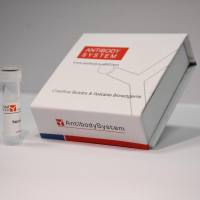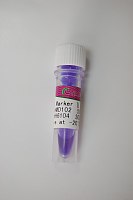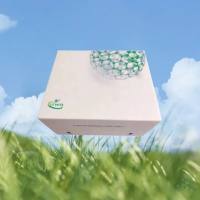Plasticity is an inherent feature of chromosomal DNA replication in eukaryotes. Potential origins of DNA replication are made in excess, but are used (fired) in a partly stochastic, partly programmed manner throughout the S phase of the cell cycle. Since most origins have a firing efficiency below 50%, population-based analysis methods yield a cumulative picture of origin activity (obtained by accretion) that does not accurately describe how chromosomes are replicated in single cells. DNA combing is a method that allows the alignment on silanized glass coverslips, at high density and with uniform stretching, of single DNA molecules in the Mb range. If this DNA is isolated from cells that have been labelled with halogenated nucleotides (BrdU, CldU, IdU), it is possible to determine the density and position of replication origins as well as the rate and symmetry of fork progression, quantitatively and on single DNA molecules. This chapter will successively describe (a) the preparation of silanized coverslips, (b) the incorporation of halogenated nucleotides in newly synthesized DNA in yeast and mammalian cell lines, (c) the preparation and combing of genomic DNA, and finally (d) the acquisition and analysis of single-molecule images to extract salient features of replication dynamics.






